Boron is also important for the synthesis of proteins in plants. Therefore, Boron is essential for plant life and should be included in any garden or landscape plan. Not only will Boron help your plants grow taller and stronger, but it will also help keep them healthy and free from pests and diseases. If you have plants or soil that suffer from boron deficiency, there are a few important things to try and fix.
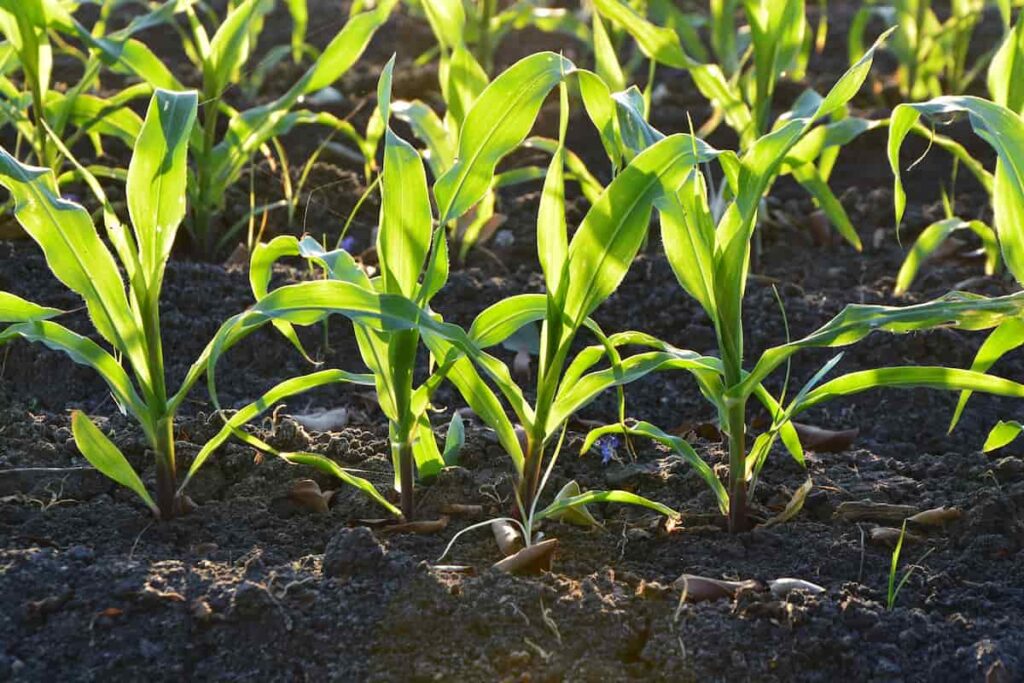
How to fix Boron deficiency in soil and plants
Role of Boron in plants and soil
- Boron is an essential nutrient for plants. It helps to form the cell walls of vascular plants, aids in transferring water and nutrients between plant cells, and aids in producing chlorophyll.
- Boron is an essential mineral for plants. Boron helps the plant cell walls form and strengthens the root system. Boron also helps the plant extract energy from food and water.
- Boron helps plants to make cell walls, which are important for protecting them from disease and damage. It also helps plants to absorb nutrients from the soil. In addition, Boron helps to create hormones that allow plants to grow taller and stronger.
- It helps the plant to synthesize proteins and other nutrients, enhances resistance against bacterial and fungal infections, and supports the formation of new cell walls. When incorporating Boron into your garden, please give it a good dose at different stages throughout the growing process.
What is Boron Deficiency in soil and plants?
Boron deficiency can cause several plant symptoms, including stunted or wilted foliage, pale flowers, poor root growth, and reduced yields. Boron deficiencies can be caused by several factors, including lack of soil pH balance (which encourages the uptake of Boron), high levels of acidity or alkalinity, contaminated soils, and heavy metals such as aluminum. Adding Boron to your soil will help to correct the deficiency. Boron can also be added to plants through foliar treatments or as a supplement in feed.
In case you missed it: How to Make Potting Soil Mix for Vegetables: Homemade Recipes, Top Potting Soil Mixes for Vegetable Garden
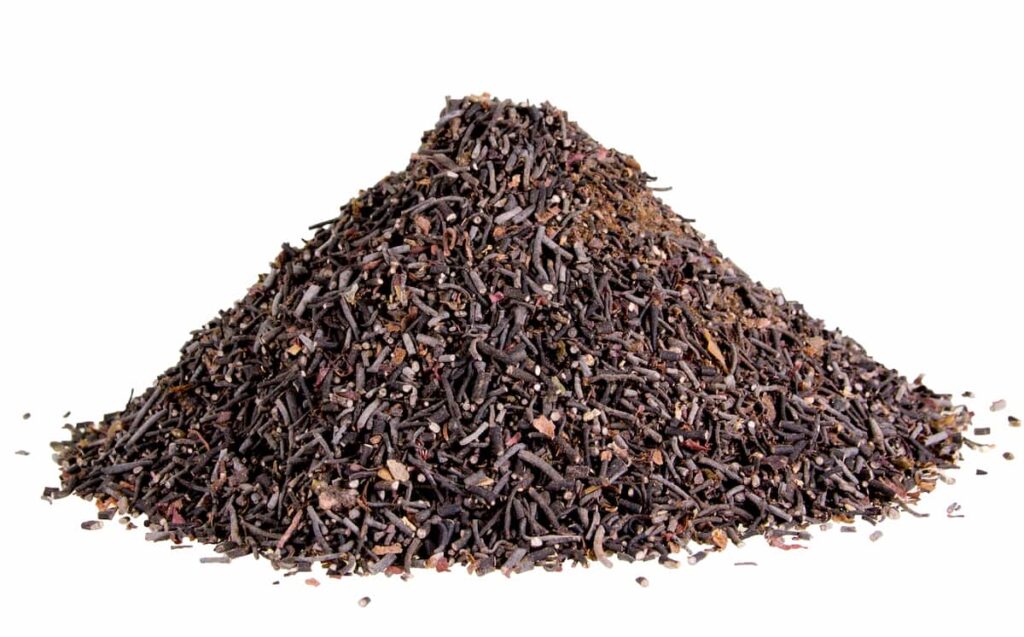
Causes of Boron deficiency in plants
Boron works with other elements in the soil to help plants absorb water and nutrients. It is also important for controlling fungal diseases. In addition, adding Boron to the soil can help prevent deficiencies during drought. Boron deficiency can be caused by several factors, including low fertility, acidity, and soil lack of organic matter. Boron can be added to the soil naturally through composting or by applying a boron supplement. It can also be introduced chemically into the soil as a fertilizer.
Too much nitrogen fertilizer
Nitrogen fertilizer can help increase the availability of Boron in the soil, but it can also cause problems if applied too heavily. Overuse of nitrogen fertilizer can lead to a build-up of nitrates in the soil, which can be toxic to plants. ID Holistic offers tips on how to fix nitrogen fertilizer deficiencies without harming your lawn or garden.
Planting too close to a water body
If you’re planting near a water body, the influx of water can wash away Boron from the soil. This is especially common if you’ve built up excessive sediment around your waterways over time (a problem often caused by runoff from concrete and asphalt). If you’re growing crops near a waterway, keep your planting away from the edge of the water body so that excess water doesn’t flood the area. To test for boron deficiency, you can use a soil testing kit or come up with your method using the following tips:
- Look for signs of stunted growth, such as smaller than average leaves or less vigorous flowers.
- Test the pH levels of your soil to see if they’re alkaline or acidic; a balance between these two will help ensure optimal availability of Boron.
- Add some organic matter, such as compost or rotted manure, to your soil to increase its fertility and provide the nutrients your plants need.
Symptoms of Boron deficiency in plants
- Poor growth and health
- Yellowing leaves, margins, and petioles
- Pale green or yellow flowers
- Stunted growth
- Curling or twisted leaves
- Brownish discoloration of the stem, petioles, and leaves
- Foliage that is brittle and falls easily
- Deficiency symptoms vary depending on the plant species
- Boron is an essential nutrient for many plants
In case you missed it: How to Fix Nitrogen Deficiency in Soil and Plants: Symptoms, Causes, Adding Naturally, and Chemically
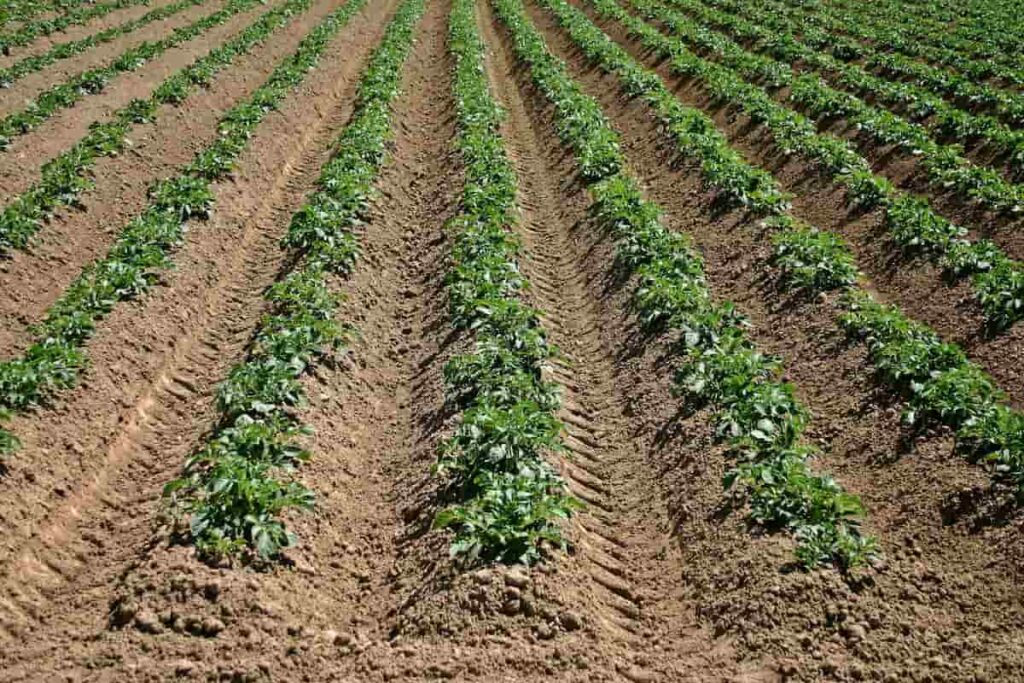
Adding Boron to plants in the field
- It helps plants extract soil nutrients and makes them more resistant to diseases. Boron deficiencies can occur when it is not available from the soil or when the plant cannot take up enough of it. There are three main ways that Boron can be lost from soils: leaching, deficiency, and contamination.
- Leaching occurs when water from the surface soil reaches groundwater or other subsurface layers, carrying away Boron with it. This is most likely to happen when soils are wetter than usual, and drainage is poor.
- Deficiency occurs when boron levels in the soil are too low, usually because of a lack of available nutrients or pesticides that bind to Boron. Deficiencies can also be caused by erosion, which removes vital soil particles and exposes the underlying material to extremes in moisture and temperature.
- Contamination can occur when boron-containing materials such as coal tar or diesel fuel get into soils. Boron can also be released from industrial processes such as mining or manufacturing.
How to add Boron to soil and plants?
Boron is an essential mineral for both plants and soil. It helps plants make proteins, manganese, and other nutrients, and it helps form the cell walls of plant life. In addition, Boron helps hold moisture, resist weeds, and support plant growth in the soil. Boron deficiencies are not very common in North America, but they do occur. Boron deficiency symptoms in plants include yellowing leaves, stunted growth, and decreased yields.
There are several ways to add Boron to your soil: Borax as a granular fertilizer or boronic acid as a foliar spray. You can also add elemental Boron (available at some hardware stores) directly to the soil. However, the best way to find out if you need more Boron in your garden is to test your soil with a boron kit. The amount of Boron that needs to be added to the soil varies based on the soil type and the garden’s climate.
Boron is an essential mineral for plants and soil. Boron deficiency can cause problems such as stunted growth, purple leaves, and poor fruiting. Boron deficiencies can be caused by several factors, including low levels in the soil, drought, pollution, and warm weather. Adding Boron to the soil can help fix a deficiency. There are a few ways to add Boron to the soil: fertilizers, mulch, or compost. Adding Boron chemically will also work but is more likely to create toxicity issues in the soil.
You can use the foliar index method to test for a boron deficiency in your garden. This method measures the amount of Boron taken up by the plant’s leaves. The leaves will uptake less than normal if there is a Boron deficiency. Using a soil test kit, you can also measure boron levels in the soil. Again, if there is a deficiency, the soil will have low levels of Boron. To fix a b Boron deficiency in soils:
- Test your soil for Boron availability
- Add Borax (ATK brand) or Boric Acid (Hercules brand).
- Mulch with organic matter like straw
In case you missed it: How to Fix Potassium Deficiency in Soil and Plants: Causes, Symptoms, Adding Naturally, and Chemically
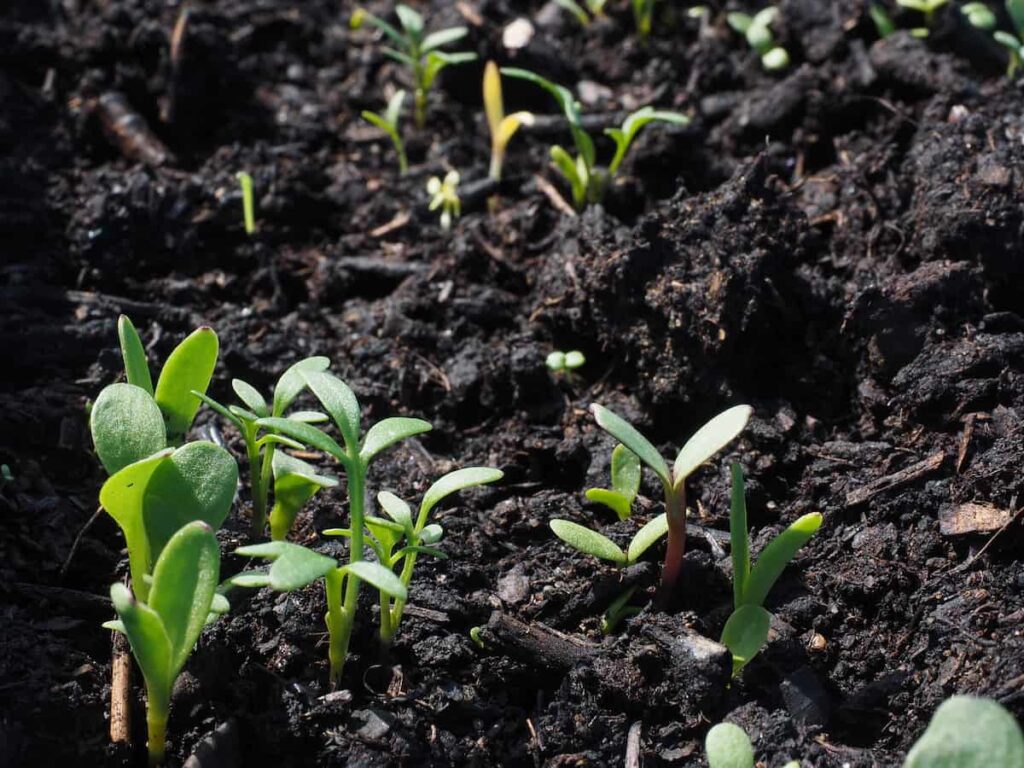
Several ways to fix boron deficiency in soil and plants
Add Boron-Rich Soil Amendments
An excellent way to increase the availability of Boron is to add amendments that contain high nutrient levels. One option is comfrey leaf compost, which contains 17 percent boron. Another option is wood ash, which contains about 11 percent boron. Adding these amendments to your garden or farm plot will help ensure that you get enough Boron for your plants.
Use Borax
Another way to increase the availability of Boron is to use Borax. Borax works by locking up nitrogen, which makes it an effective tool for controlling weeds and promoting plant growth. You can apply Borax directly to the soil or water it into the ground as part of a fertilizer solution. The National Resources Defense Council (NRDC) recommends planting crops that are especially sensitive to nitrogen deficiency near areas where you’ve applied Borax so that you can monitor their growth closely and adjust application accordingly if needed.
Benefits of adding Boron to agricultural fields
Boron is an essential element for plant growth and function. It helps to promote strong cell walls, healthy roots, and efficient photosynthesis. Adding Boron to agricultural fields can help to prevent or fix a boron deficiency problem. To add Boron to the soil, you first need to identify the amount of Boron missing from the soil. You can do this by testing soil samples for boron levels using a Boron Isotope Method (BIM). Once you know how much Boron is necessary, you can mix it into the soil using various methods, including broadcasting or broadcast drilling.
You can also add boron supplements as granules or pellets. Adding Boron to plants helps prevent or fix a boron deficiency problem. You first need to identify the signs of a Boron deficiency. This includes looking for wilted leaves with small veins and brown spots on the surface of the leaves, poor root growth, and reduced fruit production. Then, you can add a Boron Solution (Borax) or Granules directly to the plant’s container water or fertilizer.
In case you missed it: How to Fix Phosphorus Deficiency in Soil and Plants: Symptoms, Causes, Adding Naturally, and Chemically
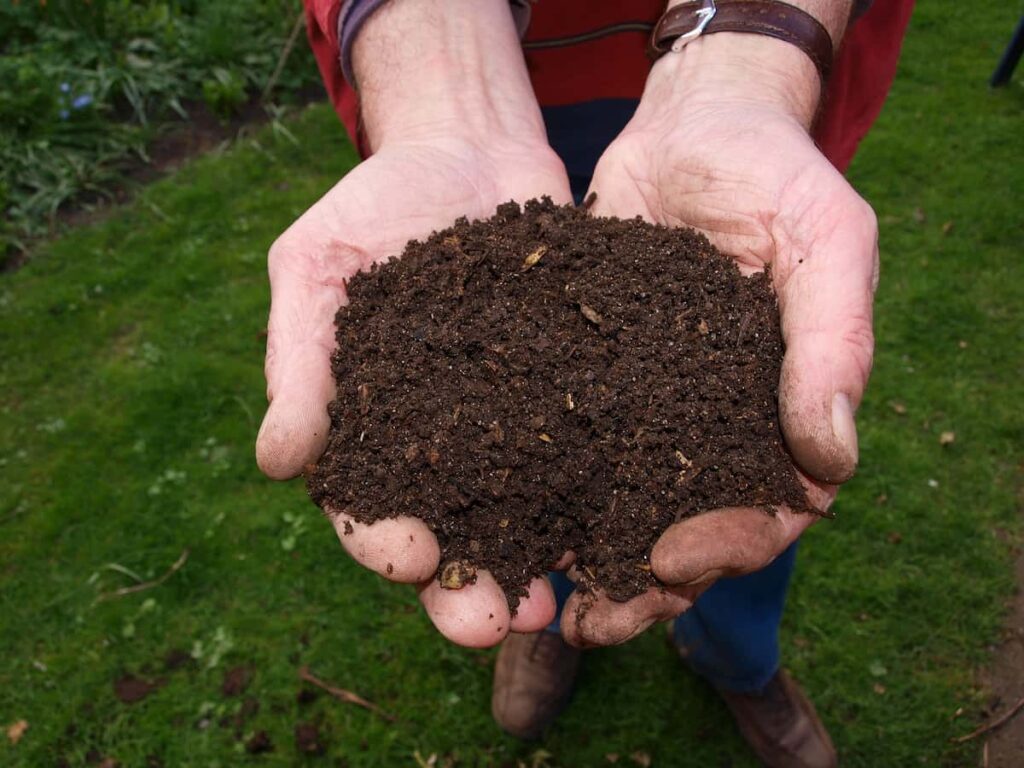
Methods to solve boron deficiency in soil
- Add a boron-rich fertilizer to your soil.
- Mulch your plants with boron-rich materials.
- Harvest and compost high-boron plant materials.
- Use boron supplements in water or soil applications.
- Grow boron-rich crops.
- Introduce microorganisms that can fix boron-deficient soils.
- Use boron sprays to treat problems on a larger scale.
- Add compost or other organic matter to the soil.
- Use lime or boron-containing fertilizers.
- Disperse boron oxide over the soil surface.
- Apply copper sulfate or nitrate to the soil for fungal, bacterial, or nematode problems.
- Use resistant cultivars of plants tolerant of low levels of Boron in the soil and water.
- Increase the pH of the soil with sulfur dioxide, wood ash, or phosphoric acid (if available).
Natural and chemical Boron sources to fix boron deficiency
Chemical Boron Sources:
Boron can be supplied chemically in the form of Borax. Chemical boron sources are typically less expensive and more concentrated than natural sources, but they may also contain other undesirable elements. To prevent soil boron deficiency in plants, add one tablespoon of elemental Boron per gallon of water to your irrigation system. You can also apply a borax solution directly to the soil before planting. Borax is most effective in early spring before the ground dries out too much.
If you have a garden that gets regular rainfall, consider adding a couple of tablespoons of oyster shell dust to your soil every year to increase its boron content. Oyster shell powder is high in other nutrients and won’t hurt plants if applied at the correct rate, so start by testing a small area before adding more.
Natural Boron Sources:
You can also get natural Boron from organic matter such as mulch or compost. Place these materials on top of the soil around plants before growth begins and keep them there for three to six months during active growth seasons (spring, summer, and fall). This will provide your plants with enough Boron to prevent deficiency problems.
Prevention and cure of Boron deficiency in plants
There are many ways to prevent or fix boron deficiency in plants. One way is to add Borax (a form of Boron) to the soil before planting. Borax helps bind the soil particles together so the Boron will be more readily available to the plant. Another way to increase boron availability to plants is to grow crops with high boron content. For example, rye and wheat are crops with a high amount of Boron.
If your plant shows signs of a boron deficiency, you can add a chelated form of Boron (such as B12) to the soil. This will help the plant get enough Boron without worrying about toxicity issues. You can also spray water on your plants with a Borax solution to increase their nutrient absorption.
In case you missed it: High Yield Hybrid Apple Varieties in India: State Wise
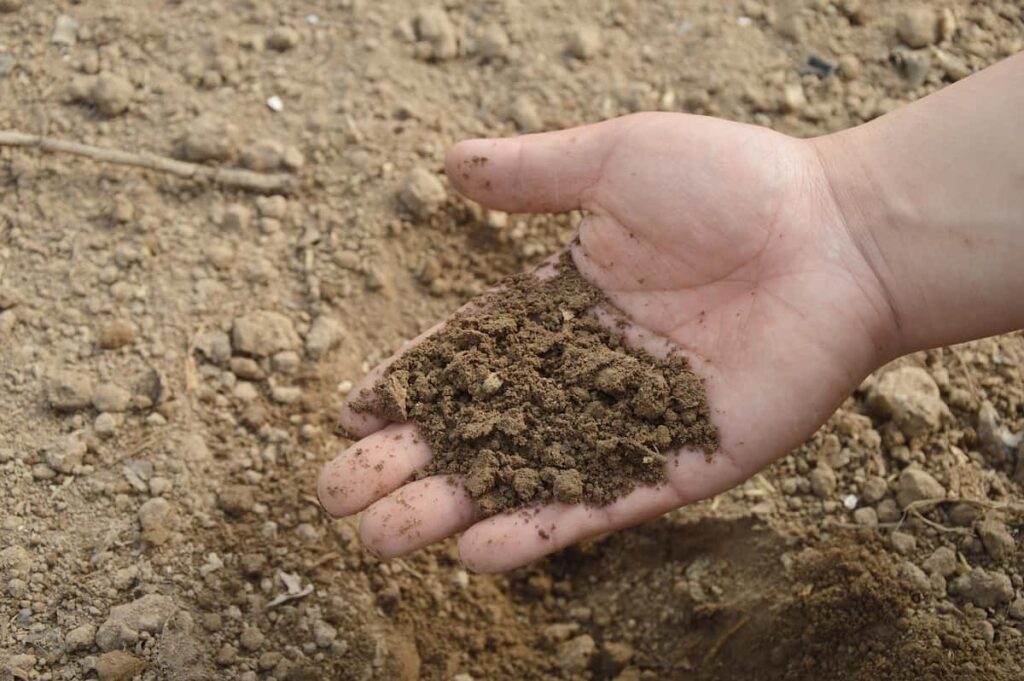
Fix Boron deficiency in soil and plants chemically
Add elemental Boron to the soil as a fertilizer
Boron is an element that is not typically found in nature, but it can be added to soils as a fertilizer. Adding elemental Boron to the soil can help improve plant growth and yield.
Use chelated boron supplements
Chelated boron supplements are man-made chemicals that contain Boron bonded to other elements, such as nitrogen or sulfur. These supplements can be added to soils or water supplies to help improve plant growth and yields.
Use borate insecticides or miticides
Borate insecticides or miticides contain borates, which are effective against insects and fungi. Using these tools can help reduce the need for chemical fertilizers and pesticides in soil treatments, which can harm plants and the environment.
Add Borax
One way to fix boron deficiency is to add Borax or other forms of boron salt to the soil. Another way is to use a boron-containing herbicide or fertilizer. Adding boron fertilizer will also help increase the availability of other nutrients in the soil. If low levels of rainfall cause the problem with boron deficiency, adding gypsum or topsoil elemental borates may help solve the problem.
Finally, add Borax or boric acid to the soil or water as an amendment. These substances are known to help increase the availability of Boron. Use a rate based on the weight of the plant you are treating. Soil test first to determine need.
Fix Boron deficiency in soil and plants naturally
- Check the pH levels in your soil. A high pH level (7.0 or above) indicates enough Boron available for plants to uptake. If the pH levels are low (5.5 or below), you may need to add boron supplements.
- Add organic matter to the soil, which will help bind the boron nutrients so plants can absorb them more easily. You can add compost, leaves, straw, or other organic materials to the soil as part of your regular maintenance regimen.
- Plant species that are known to contain high levels of Boron, such as oak trees or broccoli varieties, have been enhanced with boron genes. These plants will help draw down excess Boron from the environment and deliver it to your garden crops through their root systems.
- Boron-rich plants like Wheat, Rye, Oats, Sorghum, Barley, Peas, Lentils, and Chickpeas can help increase boron levels in the soil. Try growing these crops next to areas where there is a deficiency so that they can scavenge Boron from the deficient soil.
Conclusion
Boron is a trace mineral essential for plant growth and strong root systems. Therefore, Boron is also essential for plant growth and development. It plays a role in plant growth, fruit production, pollination, seed germination, and more. Unfortunately, boron deficiency is becoming more common due to increased demand for crops resistant to pests and diseases.
- Economical Aquaculture: A Guide to Low-Budget Fish Farming
- 15 Common Planting Errors That Can Doom Your Fruit Trees
- How to Make Houseplants Bushy: Effective Tips and Ideas
- Innovative Strategies for Boosting Coconut Pollination and Yield
- Pollination Strategies for Maximum Pumpkin Yield
- The Complete Guide to Chicken Fattening: Strategies for Maximum Growth
- Natural Solutions for Tulip Problems: 100% Effective Remedies for Leaf and Bulb-Related Issues
- Revolutionizing Citrus Preservation: Towards a Healthier, Greener Future
- Natural Solutions for Peony Leaf and Flower Problems: 100% Effective Remedies
- Maximizing Profits with Avocado Contract Farming in India: A Comprehensive Guide
- Natural Solutions for Hydrangea Problems: 100% Effective Remedies for Leaf and Flowers
- The Ultimate Guide to Choosing the Perfect Foliage Friend: Bringing Life Indoors
- From Sunlight to Sustainability: 15 Ways to Use Solar Technology in Agriculture
- The Ultimate Guide to Dong Tao Chicken: Exploring from History to Raising
- The Eco-Friendly Makeover: How to Convert Your Unused Swimming Pool into a Fish Pond
- Mastering the Art of Delaware Chicken Farming: Essentials for Healthy Backyard Flocks
- 20 Best Homemade Fertilizers for Money Plant: DIY Recipes and Application Methods
- How to Craft a Comprehensive Free-Range Chicken Farming Business Plan
- Brighten Your Flock: Raising Easter Egger Chickens for Beauty and Bounty
- How to Optimize Your Poultry Egg Farm Business Plan with These Strategies
- Subsidy for Spirulina Cultivation: How Indian Government Schemes Encouraging Spirulina Farmers
- Ultimate Guide to Raising Dominique Chickens: Breeding, Feeding, Egg-Production, and Care
- Mastering the Art of Raising Jersey Giant Chickens: Care, Feeding, and More
- Ultimate Guide to Raising Legbar Chickens: Breeding, Farming Practices, Diet, Egg-Production
- How to Raise Welsummer Chickens: A Comprehensive Guide for Beginners
- How to Protect Indoor Plants in Winter: A Comprehensive Guide
- Ultimate Guide to Grow Bag Gardening: Tips, Tricks, and Planting Ideas for Urban Gardeners
- Guide to Lotus Cultivation: How to Propagate, Plant, Grow, Care, Cost, and Profit
- Agriculture Drone Subsidy Scheme: Government Kisan Subsidy, License, and How to Apply Online
- Ultimate Guide to Raising Araucana Chickens: Breed Profile, Farming Economics, Diet, and Care
- Bringing Hydroponics to Classroom: Importance, Benefits of Learning for School Students
- Ultimate Guide to Raising Polish Chickens: Breed Profile, Farming Economics, Diet, and Care
- Ultimate Guide to Raising Australorp Chickens: Profile, Farming Economics, Egg Production, Diet, and Care
- Silkie Chicken Farming: Raising Practices, Varieties, Egg Production, Diet, and Care
- Sussex Chicken Farming: Raising Practices, Varieties, Egg Production, Diet and Care
- Homemade Feed Formulations for Livestock: Discover Cost-effective Starter to Finisher Feed Recipes